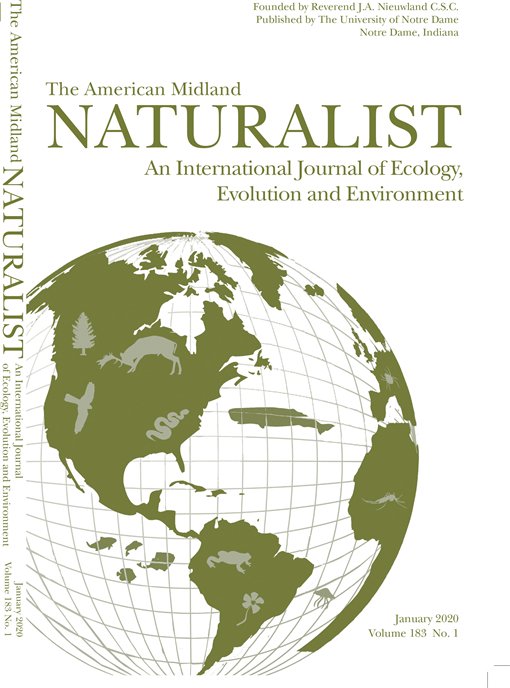Wildlife conservation and management requires an understanding of patterns and changes in the populations and distributions of wildlife. Moose (Alces alces) population trends vary within regions of North America, such as in the upper Midwest region of the United States where sub-populations are declining in Minnesota, but are stable or increasing in Michigan. The population and distribution of moose in Wisconsin, which shares a border with Minnesota and Michigan, is unknown. We examined community scientist observations of moose collected by the Wisconsin Department of Natural Resources from 1991–2017 to determine the trends of moose occurrence in Wisconsin and the relationship to potential drivers. We used a binomial generalized linear mixed model in a Bayesian framework to understand how variables affect county-level occurrence of moose. We found moose occurrence was greater in counties closer to Minnesota and Michigan, but the effect of distance to Minnesota on moose occurrence has decreased over time. We also found counties with higher habitat suitability and proximity to Michigan are more likely to have a moose occurrence than those with low habitat suitability. This study offers insight for moose populations at the southern fringe of their circumpolar distribution and a foundation for understanding the moose population in Wisconsin and the upper Midwest.
How to translate text using browser tools
21 January 2020
Proximity to Established Populations Explains Moose (Alces alces) Occurrence in Northern Wisconsin
Lucas O. Olson,
Timothy R. Van Deelen,
John D. J. Clare,
Maximilian L. Allen
ACCESS THE FULL ARTICLE
It is not available for individual sale.
This article is only available to subscribers.
It is not available for individual sale.
It is not available for individual sale.





